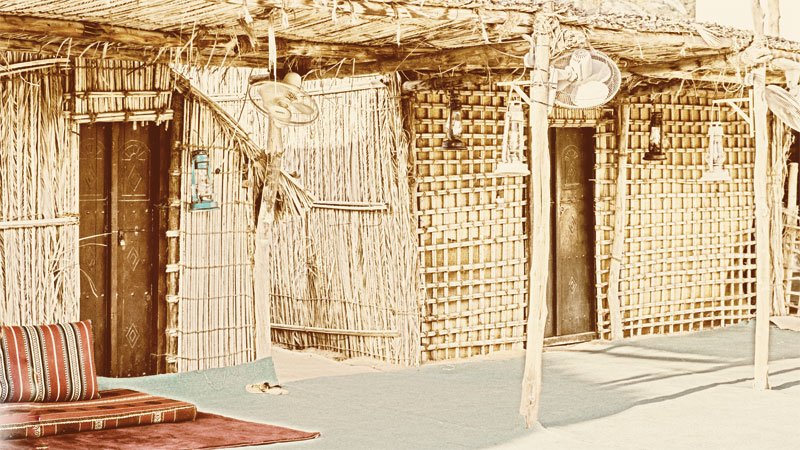Preserving heritage via creativity
Published: 09:04 PM,Apr 17,2018 | EDITED : 11:03 PM,Mar 13,2025


spot4
Heritage is something that is handed down through generations, such as traditions, beliefs, culture, property, customs, etc. It is the foundation of any society. While the world is witnessing developments, there have been attempts to demolish age old structures. At the same time, the current generation, especially the youth, is making all efforts to preserve our rich culture and heritage.
Indeed, it has become increasingly important to preserve our rich cultural heritage, which art works.
Of late, the ‘creative industries’, which are mostly in the SME (small and medium enterprises) sector, have been growing at a rapid pace, thus becoming important components of the modern, post-industrial knowledge-based economies.
They are vehicles of cultural identity that play an important role in fostering cultural diversity.
So how are these industries succeeding in preserving cultural heritage?
In their pursuit to support young entrepreneurs, Riyada and al Raffd Fund have achieved great success in financing the youths whose projects preserve heritage and culture.
The wide acceptance from consumers for these projects has come as a huge encouragement to the youth.
The ‘Al Durwaza’ project is one of the examples of a success story. The project deals with the construction of traditional resorts, lounges and rest houses made of wood and palm fronds but in an elegant way. It also includes building houses made of only clay, but with a modern design.
For Said al Wardi, the owner of the project, it is like a dream come true to start the SME, which was initially supported by Riyada and Al Rafd Fund.
This industry, he feels, should survive and make the future generation “realise how wonderful it is to live in a clay house or rest in lounges made of palm fronds as we used to during our childhood”.
Today you need to add some “modern touches” to the buildings. Decorations, contemporary designs and proper lighting makes them more attractive to the visitors.
Fashion too is in tune with the times. For instance, bags, accessories and jewellery sport a traditional look that appeals to the younger generation.
Nadia al Rawahi, a jewellery designer, says her products appeal to the young women as they are a mix of both old and the new, some of which are inspired by global designs.
As a young jeweller herself, Nadia knows what attracts women the most. She also seeks the opinion of consumers on their tastes.
Similarly, there are a lot of handcrafted products in the market focused on the ‘change’. A majority of SMEs have made it their priority to develop traditional Omani products in line with current demands.
It is the turn of the younger generation to achieve a kind of harmony in the market. Surely, they are full of inspiring thoughts.
